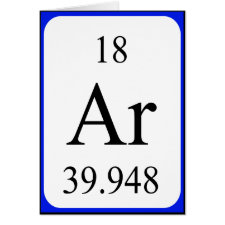
Authors: Takátsy A, Sedzik J, Kilár F, Hjertén S
Article Title: Universal method for synthesis of artificial gel antibodies by the imprinting approach combined with a unique electrophoresis technique for detection of minute structural differences of proteins, viruses, and cells (bacteria): II. Gel antibodies against virus (Semliki Forest Virus).
Publication date: 2006
Journal: Journal of Separation Science
Volume: 29
Issue: (18)
Page numbers: 2810-2815.
DOI: 10.1002/jssc.200600212
Abstract: Artificial and highly selective antibodies (in the form of gel granules) against proteins can easily be synthesized by a simple, cost-effective imprinting technique [Liao, J.-L. et al., Chromatographia 1996, 42, 259-262]. Using the same method for synthesis of gel antibodies against viruses in combination with analysis by free zone electrophoresis in a rotating narrow bore tube we have shown that artificial gel antibodies against Semliki Forest Virus (wild type) can sense the difference between this virus and a mutant, although they differ in their chemical composition only by three amino acids in one of the three proteins on the surface of the virus particle. The reason for this extremely high resolution is explained by the fact that we use three types of selectivity: (i) shape selectivity (created by the close fit between the antigen and its imprint in the gel), (ii) bond selectivity in the contact area between the antigen and its imprint in the gel antibody, and (iii) charge selectivity, originating from slightly different structures or/and conformations of the antigens
Template and target information: Semliki Forest Virus, virus
Author keywords: artificial antibodies, Free zone electrophoresis, imprinting, Recognition, Semliki Forest Virus



Join the Society for Molecular Imprinting

New items RSS feed
Sign-up for e-mail updates:
Choose between receiving an occasional newsletter or more frequent e-mail alerts.
Click here to go to the sign-up page.
Is your name elemental or peptidic? Enter your name and find out by clicking either of the buttons below!
Other products you may like:
 MIPdatabase
MIPdatabase









